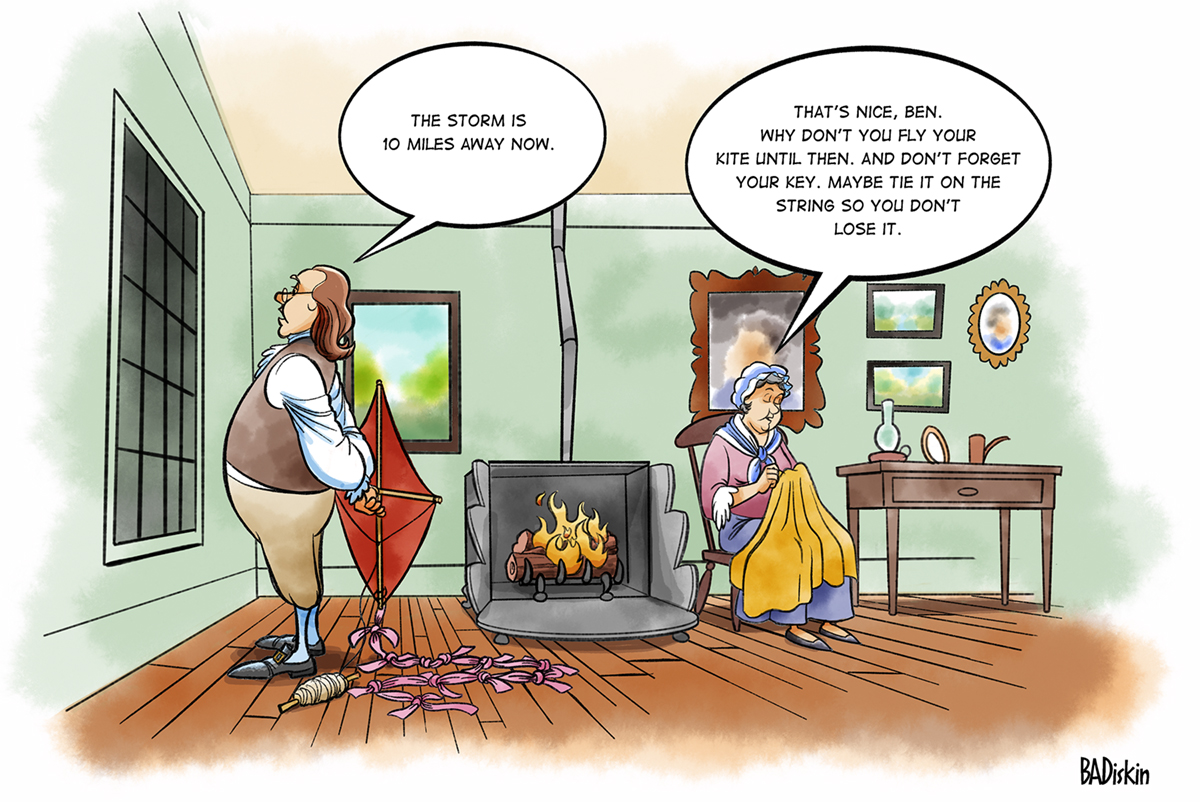science 101
Q: What Are Some Fun Activities Related to Thunderstorms?
A: There are several activities you can do related to thunderstorms or just rain. Maybe you were able to predict the storm if you made the barometer described in the Sept/Oct 2022 Science 101 article (see Online Resources).
Is the Storm Getting Closer or Farther Away?
To tell if a storm is getting closer to you or farther away, we need a way to determine its distance from us. That turns out to be very easy; here’s how it works: As soon as you see a lightning flash, start counting seconds (1…2…3…). You can use a stopwatch if you want to. Stop counting when you hear the thunder. Let’s say it was 10 seconds between when you saw the lightning and heard the thunder. Take that number and divide it by five: 10 ÷ 5 = 2. That number, 2, is how many miles away the storm is. If you heard the thunder only one second after seeing the lightning, then you’d have 1 ÷ 5 = 1/5 , and the storm is only 1/5 of a mile away.
Here’s why this works: The lightning and thunder occur at the same time, but you don’t observe them at the same time. Why not? First, the light from the lightning travels very fast. If light could curve around the Earth, it would go around the Earth seven times in one second. In our previous example in which the lightning bolt was two miles away, it took the light only a hundred-thousandth of a second to reach your eyes. So, you’re seeing the lightning at essentially the same time as it struck. Sound travels much slower—about a fifth of a mile per second. Since speed × time = distance, and sound travels about five miles in each second, you can take the number of seconds and multiply it by the speed of sound ( mile/sec) to get the distance. Multiplying by 1/5 is the same as dividing by 5. That’s why I said you can take the number of seconds and divide it by five to get the distance in miles.
Check the distance to the storm this way every few minutes, and you’ll know whether the storm is getting closer to you or moving farther away. If you’ve got a good thunderstorm going on, and you have a window so you can see when there’s a flash of lightning, you can make a chart like the one shown in Table 1.
Have you ever seen a flash of lightning without hearing thunder? Or, have you seen lightning light up a cloud far in the distance without seeing the actual lightning bolt? You may have heard people call that “heat lightning.” In fact, there is no such thing as heat lightning. It’s just lightning that is too far away for you to hear the thunder or see the lightning bolt.
Lightning as Static Electricity
If you rub your shoes on a carpet and then get shocked when you touch a doorknob, that spark is basically a miniature form of lightning. I discussed this and gave examples of how you can make static charges in the classroom in my October 2018 Science 101 article (see Online Resources). When there’s a thunderstorm, electrical charges build up in the cloud (and on the ground under the cloud), and when there’s enough charge, it will be suddenly released, or discharged. When this happens on a small scale—as with the spark between your hand and the doorknob—people often call that static electricity, although that’s only half right. The electrical charges are static (not moving) prior to the discharge, but when the spark or lightning occurs, the electrical charges, usually electrons, are anything but static.
Make a Spark
If you build up some electrical charge (static charge) and use it to create a spark, you have made a miniature lightning bolt. For this activity, you’ll be storing your charges on a Styrofoam plate, and you will need: two Styrofoam plates, an aluminum pie pan, scissors, tape, and a small fluorescent light tube. (In the Online Resources, you can see one place to purchase an 18-inch fluorescent tube.) This works best when the humidity is low, so don’t try it on a rainy day.
Take one of the Styrofoam plates and cut out two wedges, like the ones shown in Figure 1. Tape down the bent ends near the center of the aluminum pie pan and tape them to each other (see Figure 2). That will provide a handle with which you can lift the pan without touching the metal. You can discard the rest of that cut-up plate.
| Table 1. Chart for tracking the distance to a thunderstorm. | ||||||||||||
|---|---|---|---|---|---|---|---|---|---|---|---|---|
|
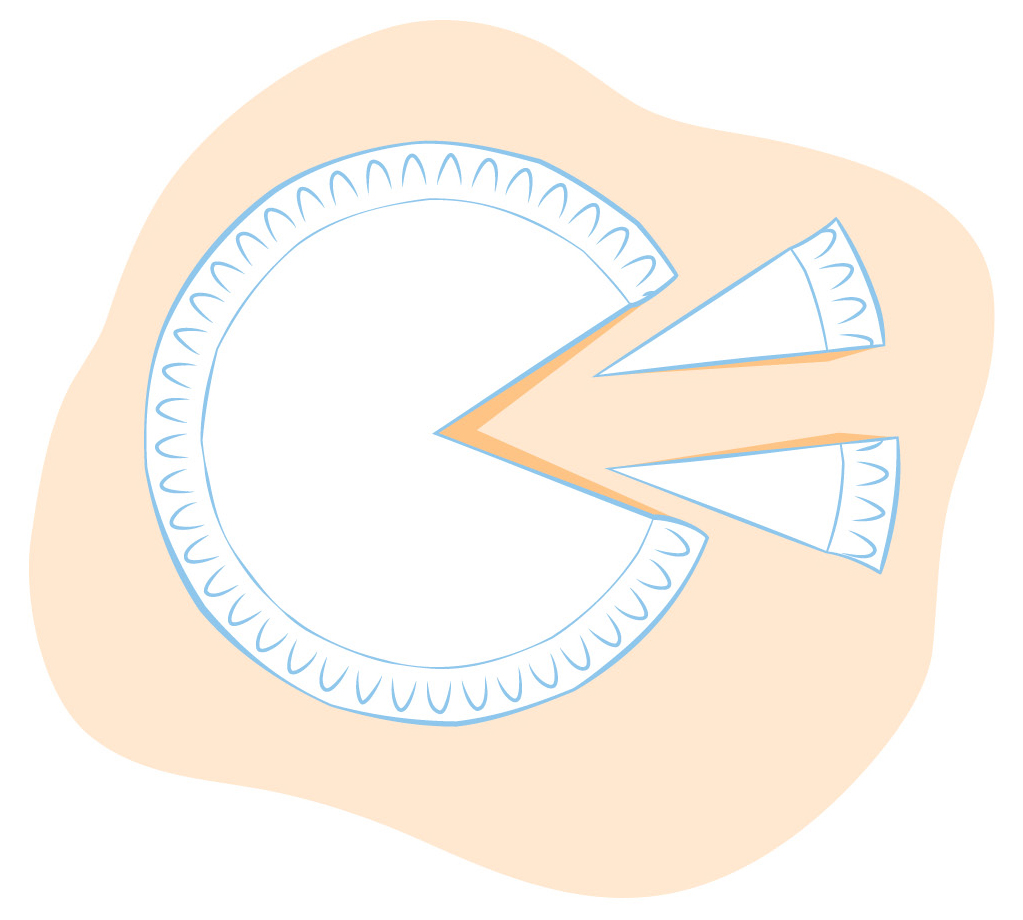
Cut out two wedges from a Styrofoam plate.
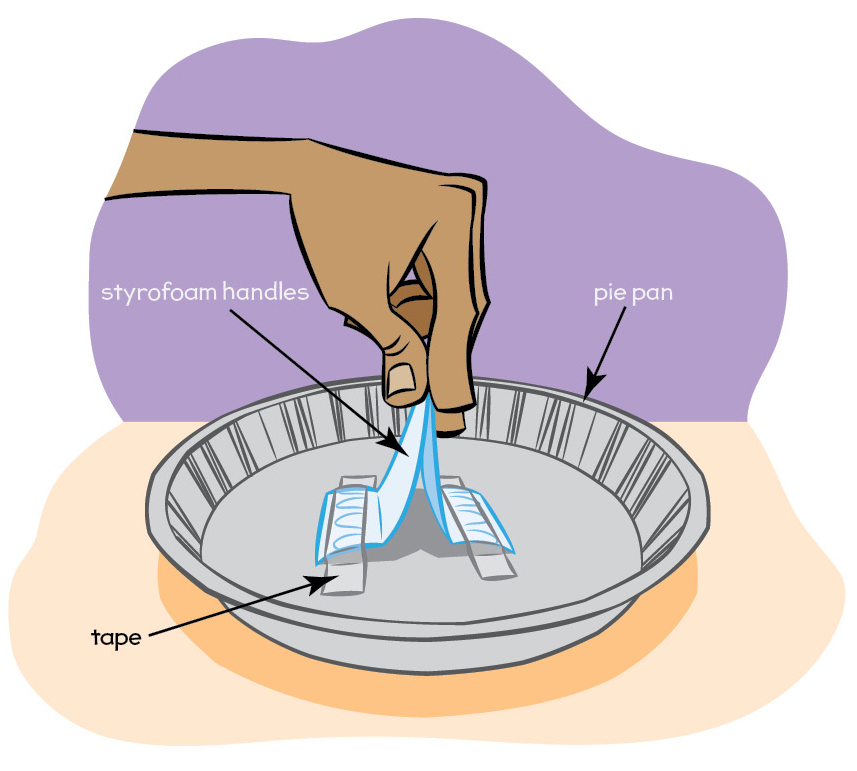
Make a Styrofoam handle for the aluminum pie pan.
Place the uncut plate upside down on a non-metal surface and vigorously rub some wool on the bottom of the plate (which is now facing up). Doing so will transfer electrons from the wool to the tray, because the electrons are attracted to the plate more strongly than they are to the wool. (Now you have a good use for that old, moth-eaten, 100% wool sweater.) The plate now is loaded with electric charges (electrons), but they’re not going anywhere yet, because Styrofoam is not a conductor of electricity.
Next, hold the pie pan by the handle you made, put it down on the plate (Figure 3), and rotate it or move it around a bit so that it rubs against the plate (being careful not to touch the metal of the pie pan). Now the pie pan has the electric charge. Here are two things you can do: (1) Move your finger (or have a student move a finger) very slowly closer and closer to the edge of the pie pan but not touching it. At some point, a spark, which is a stream of electrons, will jump from the pie pan to the finger, and you (or the student) will feel a very slight shock. If you can do this in a dark room, you might actually see the spark. (2) In a dark room, after the Styrofoam plate is charged up with the wool, slowly move one end of the fluorescent tube—with the two prongs sticking out—closer and closer to the edge of the pie pan, but don’t let the prongs touch it (see Figure 4). When you get it close enough, a spark will jump from the pie pan to the metal prongs, and the fluorescent tube will flash on for an instant. Your miniature lightning bolt lit up the fluorescent light tube!
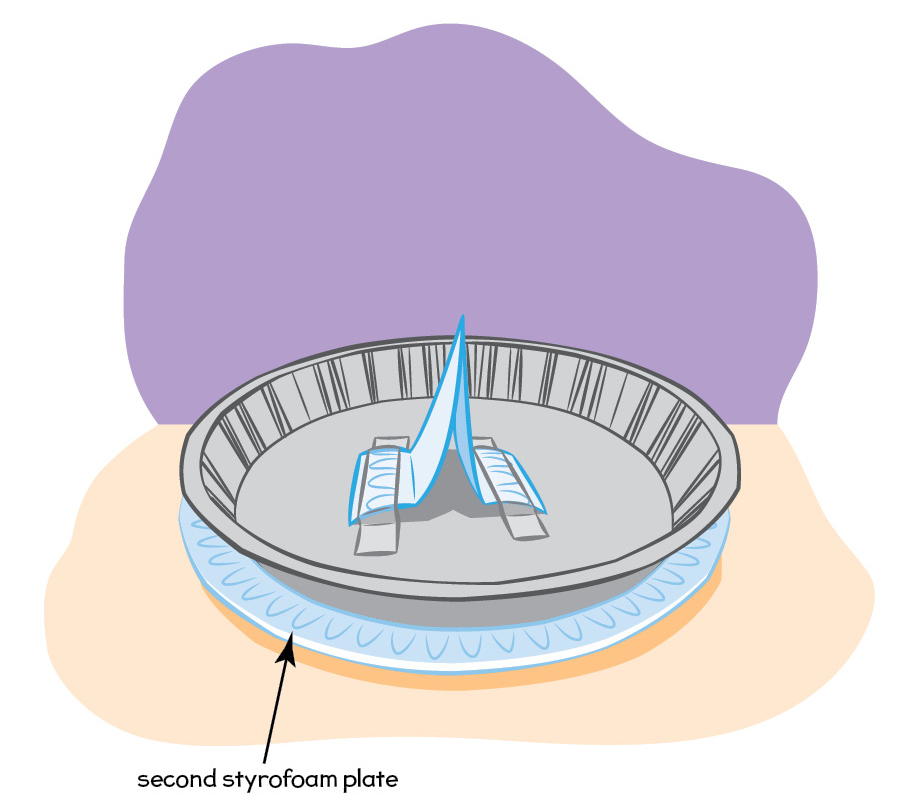
Place the aluminum pie pan on top of the Styrofoam plate so that as much of the surfaces are in contact as possible.
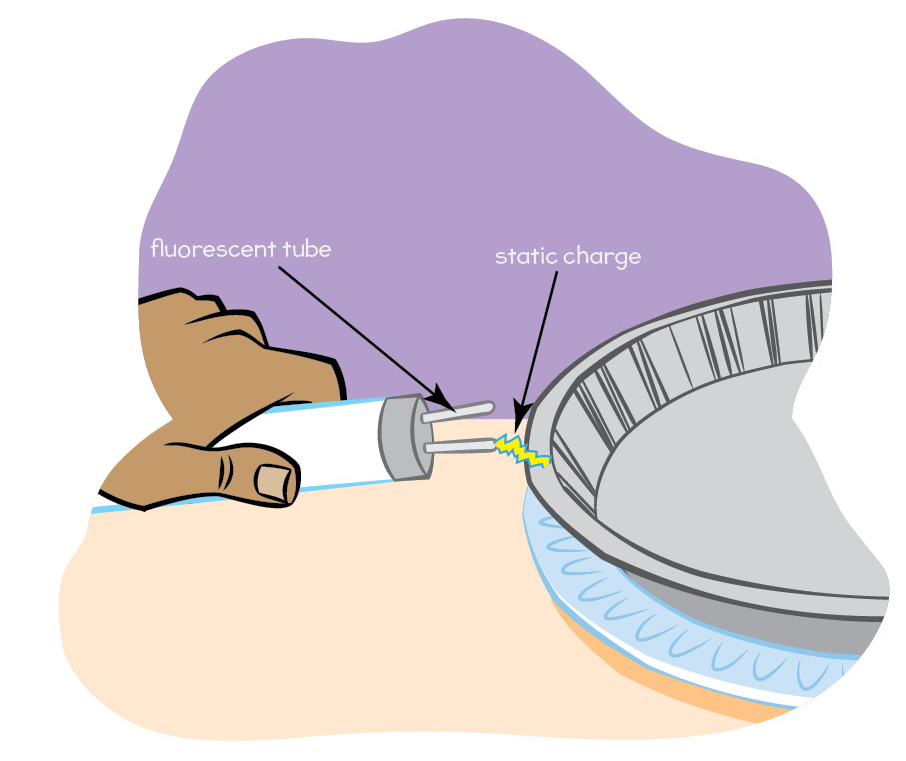
Slowly bring the fluorescent light close to the pie pan.
Precise Terminology
Here are two common sources of confusion: (1) Many people call a fluorescent tube a “fluorescent bulb.” However, it is not a bulb. A bulb has a roundish shape, like the bulb at the end of a glass thermometer or like a traditional incandescent light bulb. So, I recommend that you not call that fluorescent light a “bulb.” However, if you go shopping for a fluorescent light tube, especially online, you’ll often see them advertised as fluorescent bulbs. Although not correct, they use that term because so many people will search for these lights using those words. (2) Most people think of electricity as a flow of electrons, i.e., an electric current. But the word static means not moving. So then, does the term static electricity really make sense? To avoid confusion, I never use that term. If I’m talking about the electric charges on an object, like the Styrofoam plate, I usually refer to those as “electrical charges.” I might also say “static charges,” since they’re not moving anywhere. I reserve the term electricity for when the electrons are moving somewhere, like through a wire. When you’re feeling the shock from the pie pan or doorknob, the electrons are moving and not static.
If you try these activities, I’d be interested to hear how they went. I trust you won’t find any of them too shocking.
Never stop learning.
Online Resources
Science 101 make-a-barometer activity www.nsta.org/science-and-children/science-and-children-septemberoctober-2022/q-do-you-have-weather-related
Science 101 article on “static electricity” www.nsta.org/science-and-children/science-and-children-october-2018/q-what-static-electricity-and-how-can-i-see
Source for purchasing an 18-inch fluorescent tube: www.walmart.com/ip/GE-18-Fluorescent-Tubes-15-Watts-6-Pack/27675308
Matt Bobrowsky (DrMatt@ msb-science.com) is the lead author of the NSTA Press book series, Phenomenon-Based Learning: Using Physical Science Gadgets & Gizmos.
Earth & Space Science Phenomena Elementary



